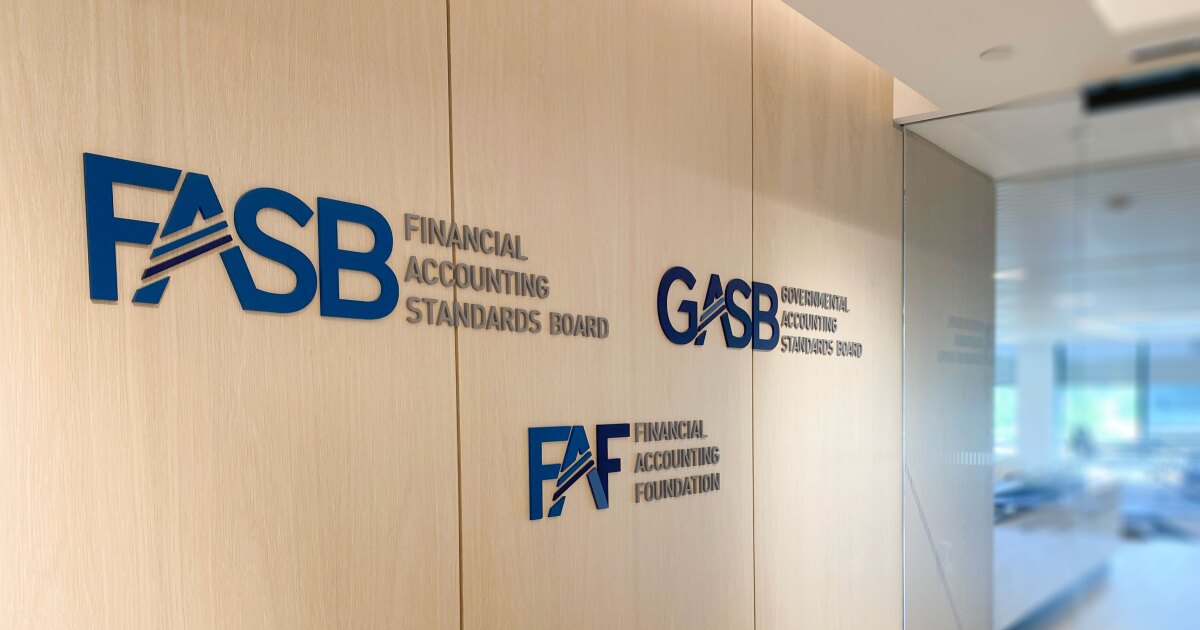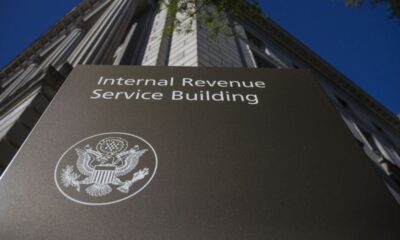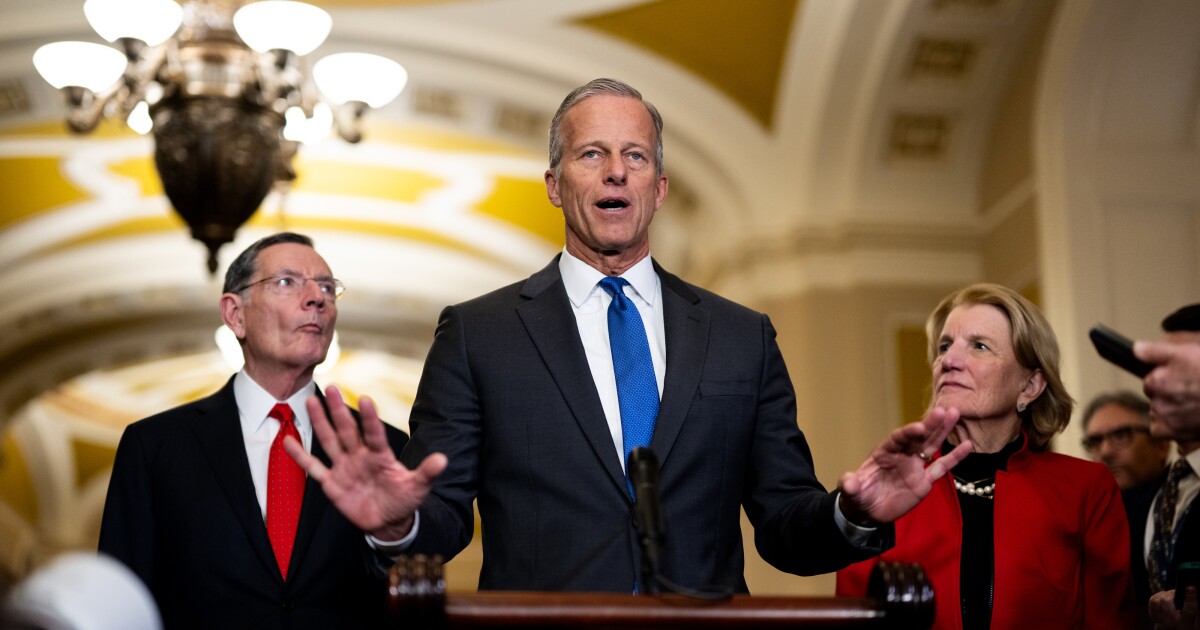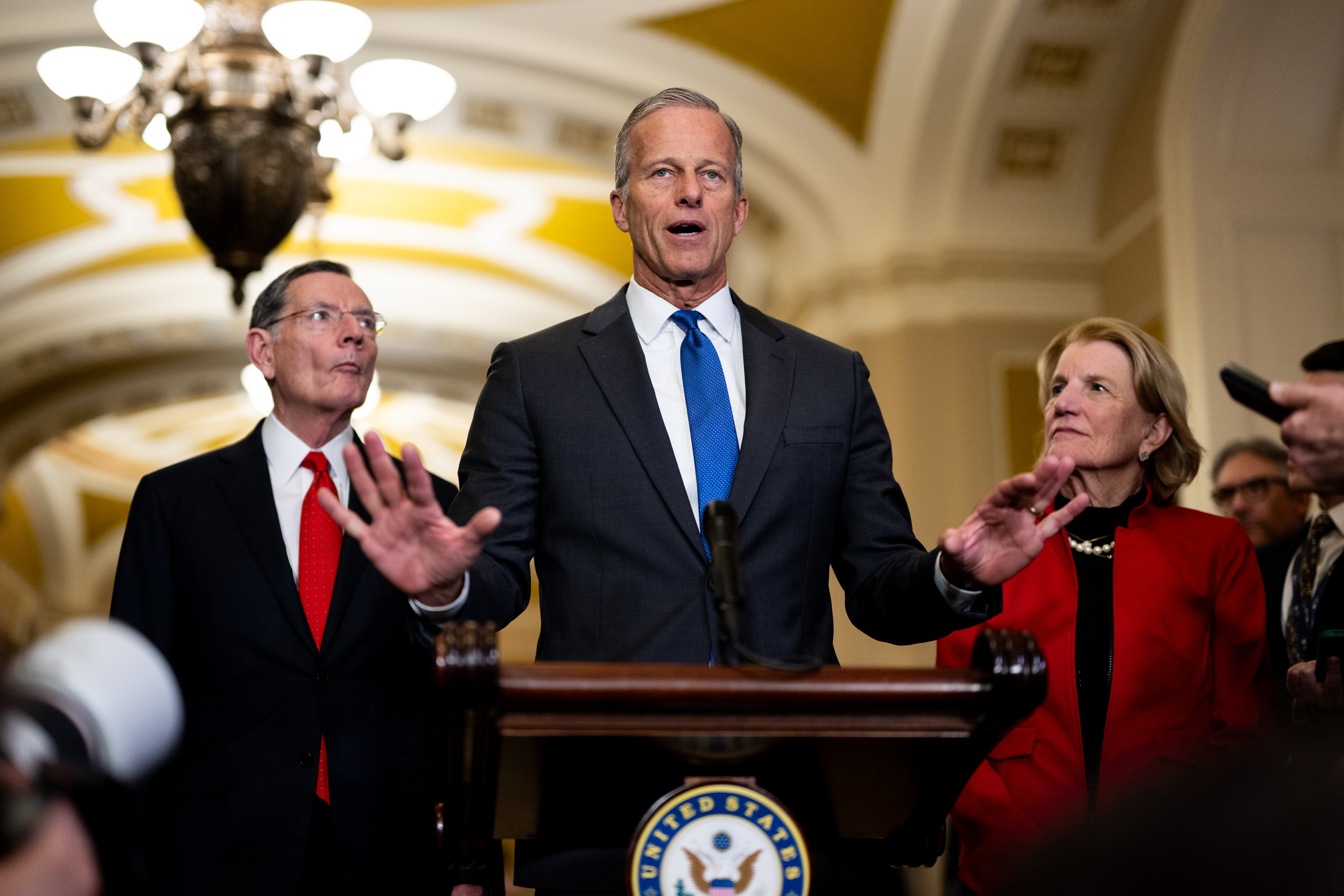Financial advisors and clients worried about stock volatility and inflation can climb bond ladders to safety — but they won’t find any, if those steps lead to a place with higher taxes.
The choice of asset location for bond ladders in a client portfolio can prove so important that some wealthy customers holding them in a taxable brokerage account may wind up losing money in an inflationary period due to the payments to Uncle Sam, according to a new academic study. And those taxes, due to what the author described as the “dead loss” from the so-called original issue discount compared to the value, come with an extra sting if advisors and clients thought the bond ladder had prepared for the rise in inflation.
Bond ladders — whether they are based on Treasury inflation-protected securities like the strategy described in the study or another fixed-income security — provide small but steady returns tied to the regular cadence of maturities in the debt-based products. However, advisors and their clients need to consider where any interest payments, coupon income or principal accretion from the bond ladders could wind up as ordinary income, said Cal Spranger, a fixed income and wealth manager with Seattle-based Badgley + Phelps Wealth Managers.
“Thats going to be the No. 1 concern about, where is the optimal place to hold them,” Spranger said in an interview. “One of our primary objectives for a bond portfolio is to smooth out that volatility. … We’re trying to reduce risk with the bond portfolio, not increase risks.”
READ MORE: Why laddered bond portfolios cover all the bases
The ‘peculiarly bad location’ for a bond ladder
Risk-averse planners, then, could likely predict the conclusion of the working academic paper, which was posted in late February by Edward McQuarrie, a professor emeritus in the Leavey School of Business at Santa Clara University: Tax-deferred retirement accounts such as a 401(k) or a traditional individual retirement account are usually the best location for a Treasury inflation-protected securities ladder. The appreciation attributes available through an after-tax Roth IRA work better for equities than a bond ladder designed for decumulation, and the potential payments to Uncle Sam in brokerage accounts make them an even worse asset location.
“Few planners will be surprised to learn that locating a TIPS ladder in a taxable account leads to phantom income and excess payment of tax, with a consequent reduction in after-tax real spending power,” McQuarrie writes. “Some may be surprised to learn just how baleful that mistake in account location can be, up to and including negative payouts in the early years for high tax brackets and very high rates of inflation. In the worst cases, more is due in tax than the ladder payout provides. And many will be surprised to learn how rapidly the penalty for choosing the wrong asset location increases at higher rates of inflation — precisely the motivation for setting up a TIPS ladder in the first place. Perhaps the most surprising result of all was the discovery that excess tax payments in the early years are never made up. [Original issue discount] causes a dead loss.”
The Roth account may look like a healthy alternative, since the clients wouldn’t owe any further taxes on distributions from them in retirement. But the bond ladder would defeat the whole purpose of that vehicle, McQuarrie writes.
“Planners should recognize that a Roth account is a peculiarly bad location for a bond ladder, whether real or nominal,” he writes. “Ladders are decumulation tools designed to provide a stream of distributions, which the Roth account does not otherwise require. Locating a bond ladder in the Roth thus forfeits what some consider to be one of the most valuable features of the Roth account. If the bond ladder is the only asset in the Roth, then the Roth itself will have been liquidated as the ladder reaches its end.”
READ MORE: How to hedge risk with annuity ladders
RMD advantages
That means that the Treasury inflation-protected securities ladder will add the most value to portfolios in a tax-deferred account (TDA), which McQuarrie acknowledges is not a shocking recommendation to anyone familiar with them. On the other hand, some planners with clients who need to begin required minimum distributions from their traditional IRA may reap further benefits than expected from that location.
“More interesting is the demonstration that the after-tax real income received from a TIPS ladder located in a TDA does not vary with the rate of inflation, in contrast to what happens in a taxable account,” McQuarrie writes. “Also of note was the ability of most TIPS ladders to handle the RMDs due, and, at higher rates of inflation, to shelter other assets from the need to take RMDs.”
The present time of high yields from Treasury inflation-protected securities could represent an ample opportunity to tap into that scenario.
“If TIPS yields are attractive when the ladder is set up, distributions from the ladder will typically satisfy RMDs on the ladder balance throughout the 30 years,” McQuarrie writes. “The higher the inflation experienced, the greater the surplus coverage, allowing other assets in the account to be sheltered in part from RMDs by means of the TIPS ladder payout. However, if TIPS yields are borderline unattractive at ladder set up, and if the ladder proved unnecessary because inflation fell to historically low levels, then there may be a shortfall in RMD coverage in the middle years, requiring either that TIPS bonds be sold prematurely, or that other assets in the TDA be tapped to cover the RMD.”
READ MORE: A primer on the IRA ‘bridge’ to bigger Social Security benefits
The key takeaways on bond ladders
Other caveats to the strategies revolve around any possible state taxes on withdrawals or any number of client circumstances ruling out a universal recommendation. The main message of McQuarrie’s study serves as a warning against putting the ladder in a taxable brokerage account.
“Unsurprisingly, the higher the client’s tax rate, the worse the outcomes from locating a TIPS ladder in taxable when inflation rages,” he writes. “High-bracket taxpayers who accurately foresee a surge in future inflation, and take steps to defend against it, but who make the mistake of locating their TIPS ladder in taxable, can end up paying more in tax to the government than is received from the TIPS ladder during the first year or two.”
For municipal or other types of tax-exempt bonds, though, a taxable account is “the optimal place,” Spranger said. Convertible Treasury or corporate bonds show more similarity with the Treasury inflation-protected securities in that their ideal location is in a tax-deferred account, he noted.
Regardless, bonds act as a crucial core to a client’s portfolio, tamping down on the risk of volatility and sensitivity to interest rates. And the right ladder strategies yield more reliable future rates of returns for clients than a bond ETF or mutual fund, Spranger said.
“We’re strong proponents of using individual bonds, No. 1 so that we can create bond ladders, but, most importantly, for the certainty that individual bonds provide,” he said.


 Economics6 days ago
Economics6 days ago
 Personal Finance1 week ago
Personal Finance1 week ago
 Economics6 days ago
Economics6 days ago
 Accounting5 days ago
Accounting5 days ago
 Economics1 week ago
Economics1 week ago
 Personal Finance1 week ago
Personal Finance1 week ago
 Economics6 days ago
Economics6 days ago
 Economics6 days ago
Economics6 days ago












